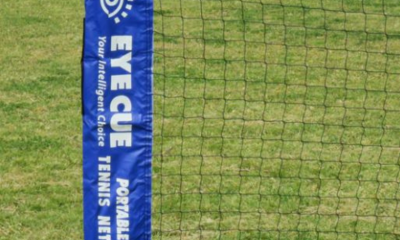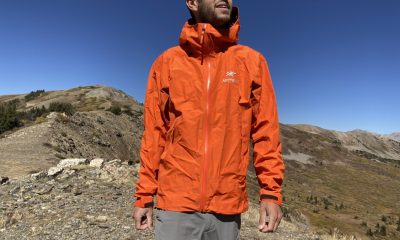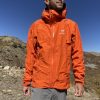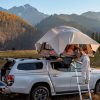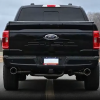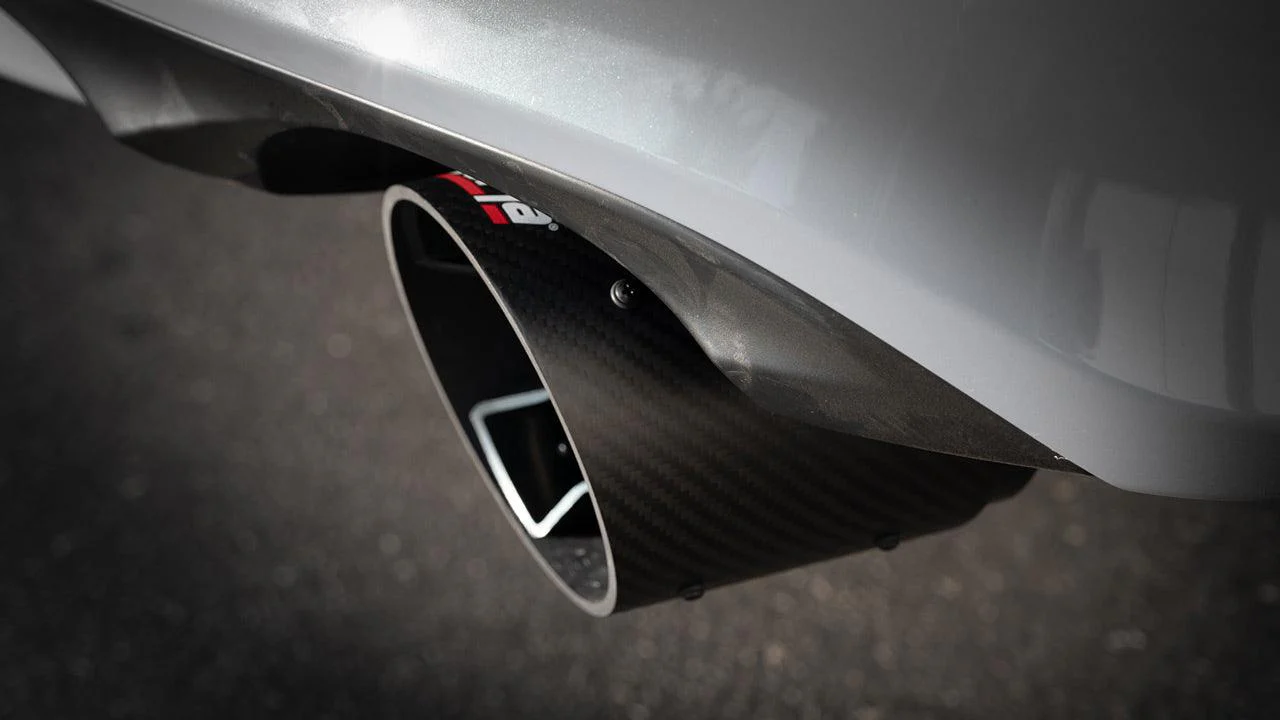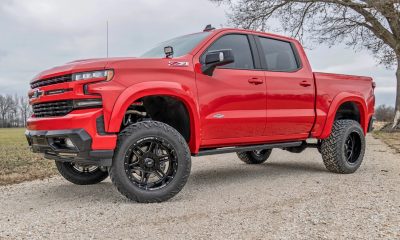Sports & Travel
Camping 101: Sleeping Bag Buying Guide
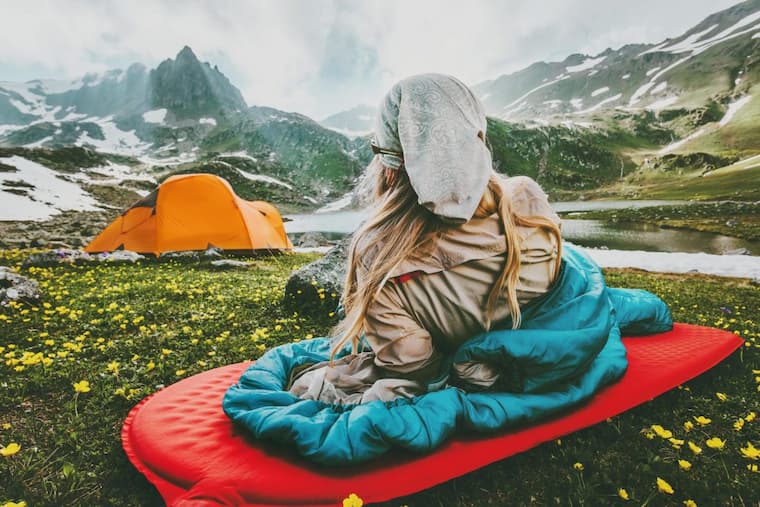
When you’re out in the wild on a camping or backpacking trip, proper outdoor gear is essential. In addition to an obligatory tent, which will help you stay protected and comfortable during the night, a sleeping sack is a must.
Being in the wild for extended periods of time can get chilly, so a light and snug backpacking sleeping bag is a must. If you’re planning to be using the same bag for both activities, choose a backpacking style since it has to be lightweight because you’ll be carrying it in your bag.
Understanding the Temperature Ratings on Sleeping Bags
Since you can always open a sleeping bag if it becomes too warm, choose one with a cooler temperature certification than the lowest overnight temperatures you anticipate where you want to camp. If you plan on using your bag throughout the winter time of the year, search for bags that can withstand lower temperatures.
All of this being said, keep in mind that temperature ratings based on an “average sleeper” only enable you to contrast bags to one another. A variety of additional elements influence how you’ll feel while you’re outside, including your sleeping pad, what you wear while sleeping, humidity and wind, your metabolism, and more.
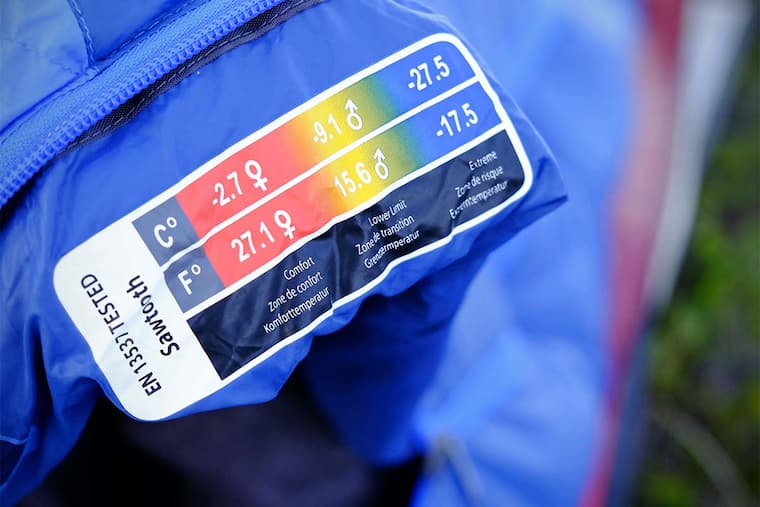
Choosing the Shape of Your Sleeping Bag
In general, campers like bags that allow them to stretch out and roll about, that’s why so many camper bags have a simple rectangular shape. It’s difficult to tell if a bag is spacious enough without zipping oneself inside. So, go to an REI shop and “try on” several bag types to discover which ones feel the comfiest to you. Sleeping bags are divided into several groups, including:
- Rectangular: These bags have enough area for both arms and legs to spread out; some may be unzipped entirely and used as a blanket.
- Semi rectangular: Also known as a “modified mummy” or “barrel” form, this classification encompasses a wide range of shapes that all give a balance of warmth and roominess.
- Mummy: This backpacking sleeping bag shape has a snug fit to increase warmth and save weight—you turn over with your sack rather than within it.
- Double bags: For partners who intend to sleep together, double bags are the ideal option. Another alternative is to use rectangular bags that zip together—the bags must be the same type and brand. If one person uses a right-hand zipper and a left-hand zip, many bags can be zipped together.
- Kid-size sleeping bags are just shorter, smaller, and less expensive versions of adult sleeping bags.
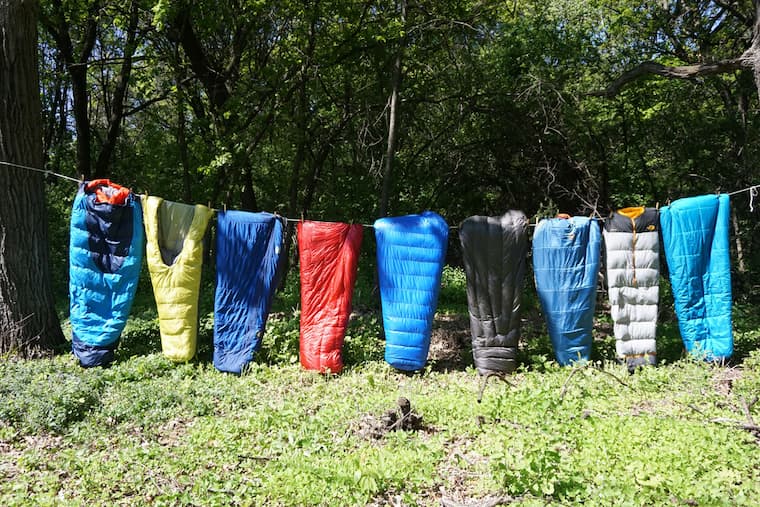
What is the Best Type of Sleeping Bag for Camping?
Rectangular bags are the most common type of sleeping bag – spacious, with lots of room to spread or roll over, rectangular bags are more focused on comfort than warmth. Rectangular bags do not hold as much heat as other types of bags since they are bigger. As a result, they are a popular option for warm-weather camping.
Choosing the Right Insulation for Your Sleeping Bag
The key decision here is whether you want a bag with down fill or polyester fill. The advantages of each insulation are listed below:
Insulation Synthetic:
- Low cost;
- Continues to insulate when soaked;
- Dries quickly;
- Non-allergenic.
Down Insulation:
- Lightweight;
- Functions well in cold, dry weather;
- Frequently has a water-resistant coating to keep it dry in wet situations;
- Compacts to a tiny size for simple packing;
- Is long-lasting—it holds loft and warmth well over time.
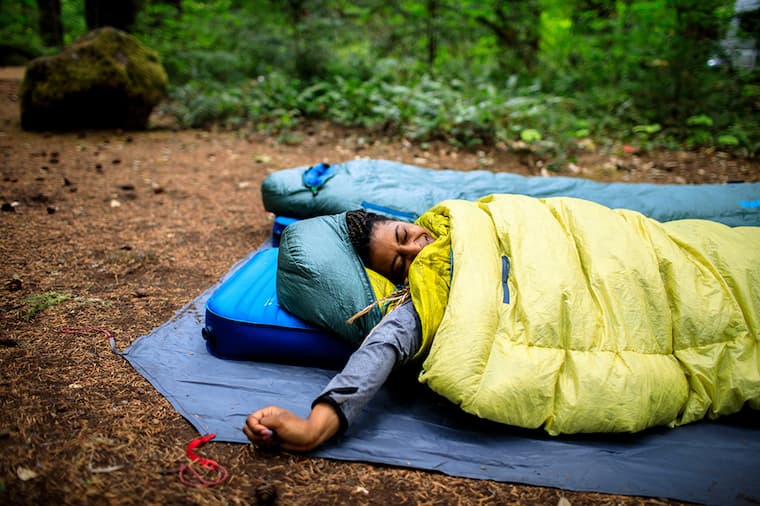
Additional Sleeping Bag Features
Sleeping bag shells: The exterior fabric, which is often composed of a robust polyester or nylon, has a strong water-resistant (DWR) treatment to preserve the padding inside the shell from moisture. Fabrics with a soft, warm feel may be found within the bag.
- A snug-fitting hood may make a sleeping bag substantially warmer, hence hoods are more likely to be found on bags with lower temperature ratings.
- Zipper features: Choosing a bag with many zipper sliders allows you to easily control ventilation. Furthermore, some bags avoid zipper snagging by protecting the zipper with a guard throughout its whole length; others address the issue with a zipper cover.
- Stash pocket: A few bags have a zipped stash pocket for items such as a watch or lip balm.
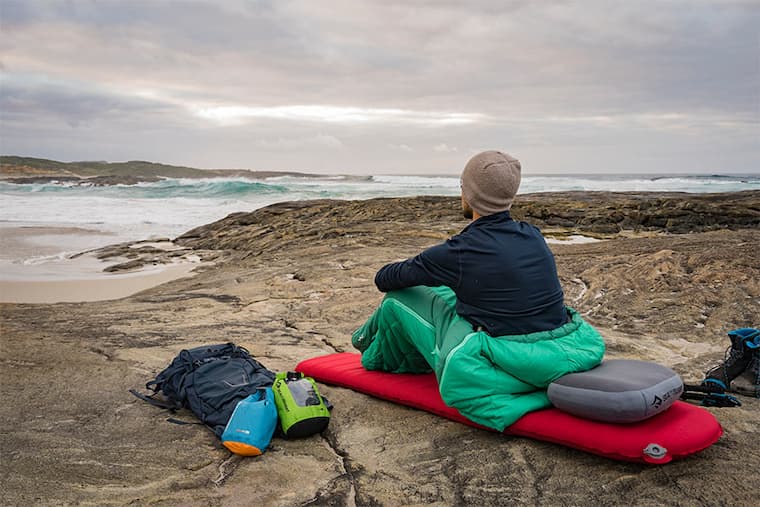
Sleeping Bag Add-Ons
- Stuff sack: Storing a sleeping bag in a stuff sack takes up less room in your car.
- Storage sack: Because leaving a bag continuously smooshed within its stuff sack is bad for the insulation, many bags include a wide mesh or cotton preservation sack for long-term storage.
- Slipping a soft sleeper bag liner into your sack helps keep it clean and gives extra warmth when required. Camping in the heat? Instead of a bag, sleep in the liner.
Final Words
If you’re thinking of buying a sleeping bag, there are several things you should consider before making your purchase. Material, temperature rating, size and cost are all major factors that will contribute to the quality of sleep that you get each night while camping.
Many people get wrapped up in the idea of choosing between backpacking sleeping bags and camping sleeping bags, but it’s important to remember that the two types can be used interchangeably. It all comes down to what you want or need at the time, and how much you are willing to spend on your bag of choice.
As a proud Pisces known for the selflessness, Olivia joined up the blog fascinated by the idea she can help readers with info on topics and their related benefits like health and beauty, travel, food and drinks. When not writing, she likes to call it a day reading comic books in the company of her Tonkinese cat Chatty or binge-watching The Big Bang Theory with her SO like the nerd she is.







